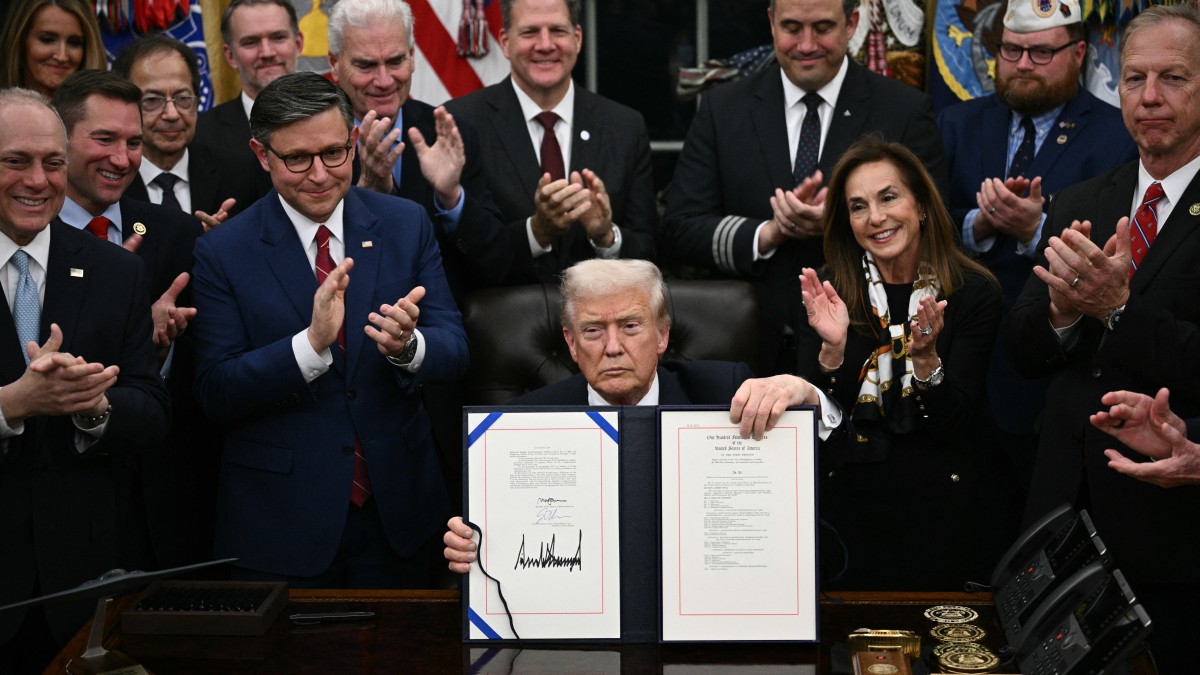The yen dipped to a record low versus the euro and wallowed near a nine-month trough against the dollar on Thursday after Japan’s new prime minister said she wanted the central bank to go slow on interest rate hikes.
The Australian dollar climbed to a two-week high after official data showed a steeper drop in the unemployment rate from a recent four-year high than economists had forecast, reducing the possibility of further rate cuts.
Currency markets could face some volatility over the coming days after the prolonged U.S. government shutdown ended late on Wednesday. That will trigger the release of a backlog of economic data. However, the White House said on Wednesday that jobs and consumer price figures for October may never be released.
The yen dipped to an unprecedented 179.50 per euro early on Thursday before bouncing back to trade at 179.25.
The Japanese currency slipped as low as 155.02 per dollar , putting it just a whisker away from Wednesday’s trough of 155.05, a level not seen since early February. It was last up slightly at 154.66.
The euro was flat at $1.1590.
Japanese Prime Minister Sanae Takaichi on Wednesday expressed her administration’s preference for interest rates to stay low and asked for close coordination with the Bank of Japan.
Quick Reads
View AllShe also has asked BOJ Governor Kazuo Ueda to report regularly to the government’s Council on Economic and Fiscal Policy.
Meanwhile, Japanese Finance Minister Satsuki Katayama gave a new verbal warning on yen weakness as it approached 155 per dollar on Wednesday, noting “one-sided and rapid movements in the foreign exchange market.”
A weak yen could force the BOJ’s hand, leading to a rate hike next month. Traders see a 24% chance of a quarter-point increase to the key rate in December, rising to 46% odds for a hike by January.
“The yen’s weakness … is likely making the government increasingly nervous,” said Norihiro Yamaguchi, an economist at Oxford Economics.
“The exchange rate is crucial to the survival of the administration,” he said. “To mitigate yen weakness, the government has to accept the Bank of Japan’s rate hikes in the end.”
In Australia, traders lay 16% odds for a quarter-point rate cut in December, following some solid economic data this week that reduced the likelihood of policy easing in the near term.
Thursday’s job figures showed employment jumped in October as firms took on more full-time workers, calming fears the labour market was slowing sharply.
A top Australian central banker said on Wednesday there was increasing debate about whether the current cash rate of 3.6% is restrictive enough to keep inflation in check, adding the question is critical for the policy outlook.
“Today’s results likely reaffirm the RBA’s position that labour market conditions ‘remain a little tight’,” reinforcing market expectations for the central bank to keep policy steady next month, ANZ analysts wrote in a note.
“We still expect the RBA will cut the cash rate one final time next year, likely in February, and then keep the cash rate at 3.35% for an extended period.”
The Aussie gained 0.3% to $0.6563 on Thursday, and earlier touched $0.6565, the strongest level since October 30.
Sterling eased 0.1% to $1.3123 ahead of the release of gross domestic product figures later in the day.
The British currency fell for a second straight session on Wednesday after soft labour market data the day before and reports in British newspapers that Prime Minister Keir Starmer was on alert for an attempted plot to oust him.


)

)
)
)
)
)
)
)
)



